When you first hear the names of Apple's new iPhones - the iPhone 11, iPhone 11 Pro and iPhone 11 Pro Max - you may have some questions. Where is the iPhone X? And what makes the iPhone Pro... Pro? What happened to last year's XS and XS Max models? This year's new phones are polished sequels (literally and figuratively) to the three we got last year. For some people, the iPhone 11 just has to be better than the XS. And indeed it is. But for others, it's nice to know where Apple stands in the larger phone landscape. There are wild 5G speeds on the horizon, plus quirky and expensive foldable phones like the Samsung Galaxy Fold. And then there's the more expensive $799 (£669, AU$1,049) Google Pixel 4, which actually makes the $699 (£729, AU$1,199) iPhone 11 look even better.
Apple has done a great job with the new features, including some serious camera upgrades like Night Mode for taking photos in low-light situations and Deep Fusion, a new way to process photos taken by the iPhone 11 and 11 Pro in situations where the lighting is bright enough to be seen, but it's not like being outside on a sunny day.
BERLIN WEATHERBut there's a good reason why the company named its more expensive and likable phones "Pro" this year: price. Apple is cleverly targeting the $699 iPhone 11 as the phone for most people, in the same mold as the iPhone XR ($599 at Apple) last year.
Essentially, the iPhone 11 and 11 Pro are 85% the exact same phone. If you want a dedicated camera with 2x optical zoom, different size options, a better screen and finish, you'll pay 30% more. That's not to say that the $999 iPhone 11 Pro and $1,099 11 Pro Max aren't great phones. It's just that the iPhone 11 is actually that good. And that's why Apple's "value" phone with its great cameras, solid build (which survived CNET's drop and water tests) and iOS 13.2 earns the iPhone 11 a CNET Editors' Choice Award.
It still starts at 64GB
The $699 iPhone 11 model gets 64GB of storage, which is probably fine for a lot of people - and it's a $50 price drop from last year's iPhone XR base model. 128GB at $749 probably makes more sense if you shoot any video and 256GB at $849 should only be considered if you shoot a lot of video. The Pro phones add a 512GB tier that you won't need unless you shoot in 4K for a living. See the chart at the bottom of this review for full pricing information, including UK and Australian pricing.
Colors: the iPhone 11 is a fun phone
For whatever reason, Apple continues to make the cheaper iPhone 11, the one that comes in fun colors. There are two new colors, called green and purple, which are more like mint green and lavender. These new pastel colors replace the blue and coral options from last year.
I have the green iPhone 11. Its color is nice, and the color of the aluminum case is much closer to seamless with the color of the glass. The glossy glass back feels the same as last year's XR. So does the rest of the phone - except for the dual cameras, which are lifted from the back and housed in a frosted glass camera square.
In contrast, the iPhone 11 Pro models come in metallic shades: silver, space gray, gold and military midnight green. These three cameras seem more industrial (maybe impressive). The rear glass is matte rather than glossy. They are made of steel instead of aluminum. And the Pro phones have a much higher density. They pack bigger batteries, and steel adds weight.
I like that the iPhone 11 follows in the footsteps of the iPhone XR and is a mid-sized phone again with a 6.1-inch screen - compared to the two iPhone Pro models at 5.8 inches and 6.5 inches. I've come to favor the smaller iPhone 11 Pro, such as the iPhone XS last year.
Cameras
Apple has made impressive strides in camera quality over the past few years, but so have many other phone manufacturers like Samsung, Huawei and Google. The camera arms race is something that hardcore photographers study closely, but I would argue that it's long past what most people need. The iPhone 11 cameras are some of the best for photos and video you can buy today.
The 11 comes with a new ultra-wide angle camera, night mode for low light shooting, Deep Fusion processing for better indoor shots, faster autofocus and overall sharper images with more accurate color reproduction. For a more in-depth look at the differences between this year's iPhone and last year's, read our iPhone 11 camera comparison with Deep Fusion and iPhone XR. The Ultrawide offers a radical shift in perspective that can be visually dizzyingly unique. It won't become your go-to camera, but it's just a blast to use.










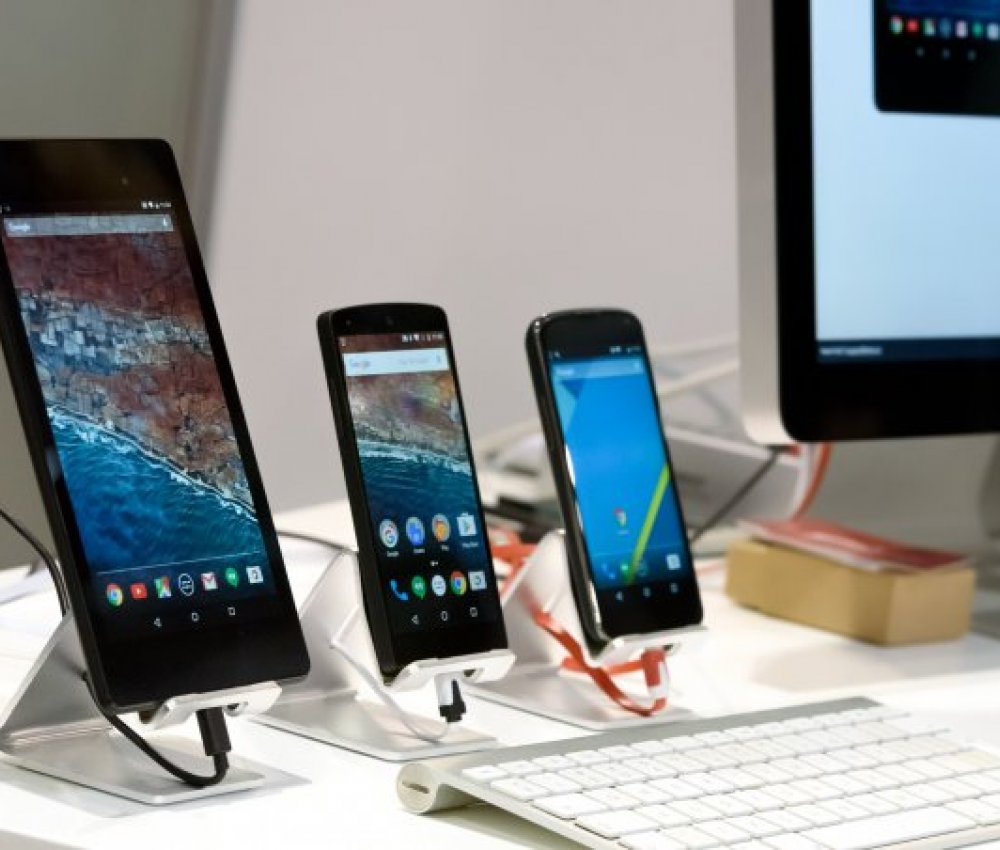
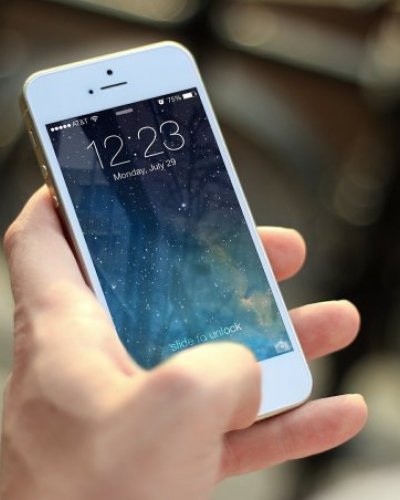
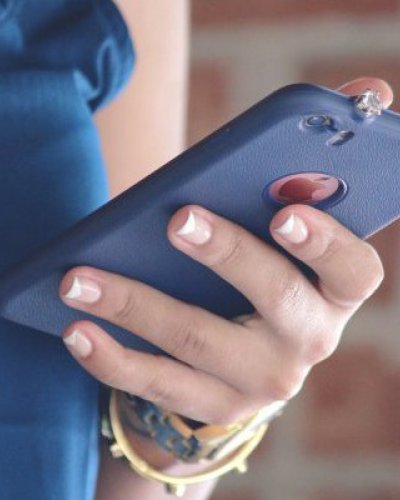
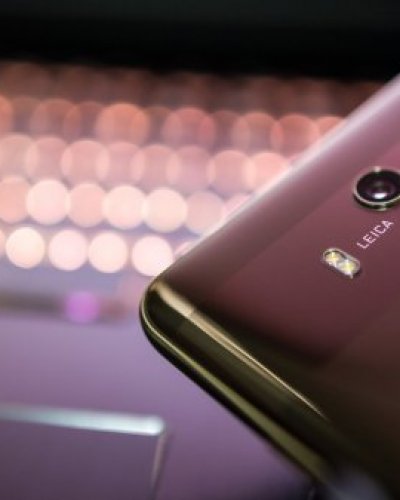
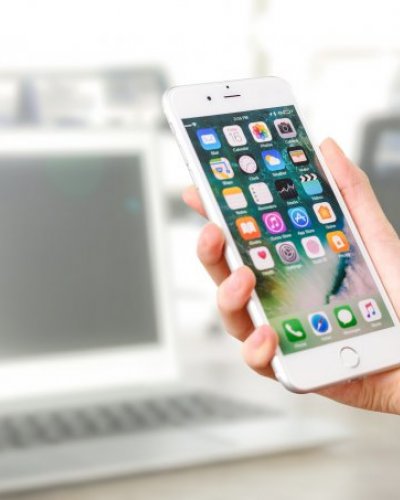
Comments (1)
Ana 7 July 2021 7:58pm
I love this phone!
Reply